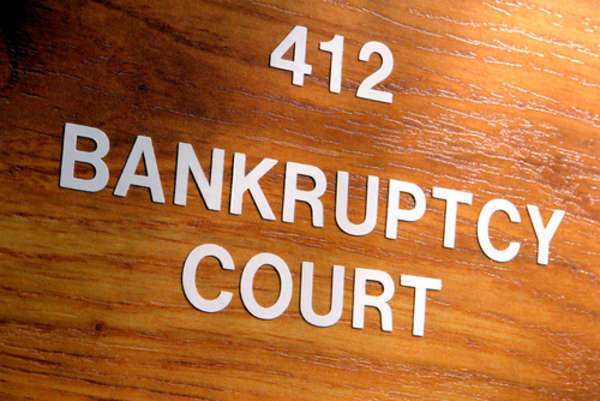
A Short Introduction to California Bankruptcy
Before Filing for California Bankruptcy
The United States government mandated in 2005 that all individuals filing for personal bankruptcy seek credit counseling no more than 180 days before filing bankruptcy. For a list of approved California credit counselors, visit the U.S. Trustee Program here:
Filing for California Bankruptcy
There are five offices of the U.S. Bankruptcy Court located throughout the state where you can file for bankruptcy. They are in Santa Barbara, Woodland Hills, Los Angeles, Santa Ana, and Riverside. Any documentation that must be given in court must be done at the appropriate court according to your zip code. Most documentation may be mailed to the court.
Many different forms are required to file for California bankruptcy, and they depend on the type of bankruptcy that you are filing for. These forms are called “Petition packets,” and just Chapter 7, normally the simplest bankruptcy type, contains approximately 30 forms in its petition packets. For packets for each type of bankruptcy, check the website of the Bankruptcy Court for the Central District of California.
Corporate California Bankruptcy
For most businesses located solely in the state of California, there are only a few different types of corporate California bankruptcy open to pursue. They are:
• Chapter 7: This is the type of California bankruptcy for businesses that don’t believe that their operations will ever become profitable and that therefore they should shut down. Debtors are paid when the court seizes the property of the indebted business and “liquidates” it or sells it for cash. First offerers of low risk loans such as traditional banks (this is what makes the loans low risk) are paid back, then offerers of higher and higher risk loans.
• Chapter 11: This is the branch of California bankruptcy that is meant to assist businesses that have current financial troubles that make it impossible for them to pay off creditors in the short term, but with some restructuring they may once again become solid businesses. The court supervises the restructuring of the company and also organizes a debt repayment plan that will be carried out over the course of several years.
Personal California Bankruptcy
When individuals have become vulnerable to creditors and can no longer hope to successfully pay them off, California bankruptcy law offers for them several opportunities to create feasible payment schedules that allow for a certain flexibility on the part of the bankrupt individual. Here are the chapters of California bankruptcy an individual may file:
• Chapter 7: Chapter 7 personal California bankruptcy is just like Chapter 7 corporate bankruptcy, giving the court permission to take possession of a person’s property and liquidating it for debt repayment. Individuals who own little stand to lose little from Chapter 7 and potentially have all of their debt, particularly credit car debt, quickly erased.
• Chapter 13: California limits Chapter 7 personal California bankruptcy to those with low incomes (as defined by either below the median income for California or by the California Means Test), so those with higher incomes can file for Chapter 13 bankruptcy. This is a program where the judge helps make a repayment schedule for the bankrupt individual according to how much of their discretionary funds can be spent on debt repayment.
• Chapter 11: Some very high income individuals may be able file for Chapter 11 California bankruptcy, though this is rare.
Tax Debt
Most tax debt cannot be absolved with bankruptcy programs, no matter if it is for state, federal, or local taxes. Call a California bankruptcy lawyer to discuss if you have any legal options to help you with your tax debt.



















